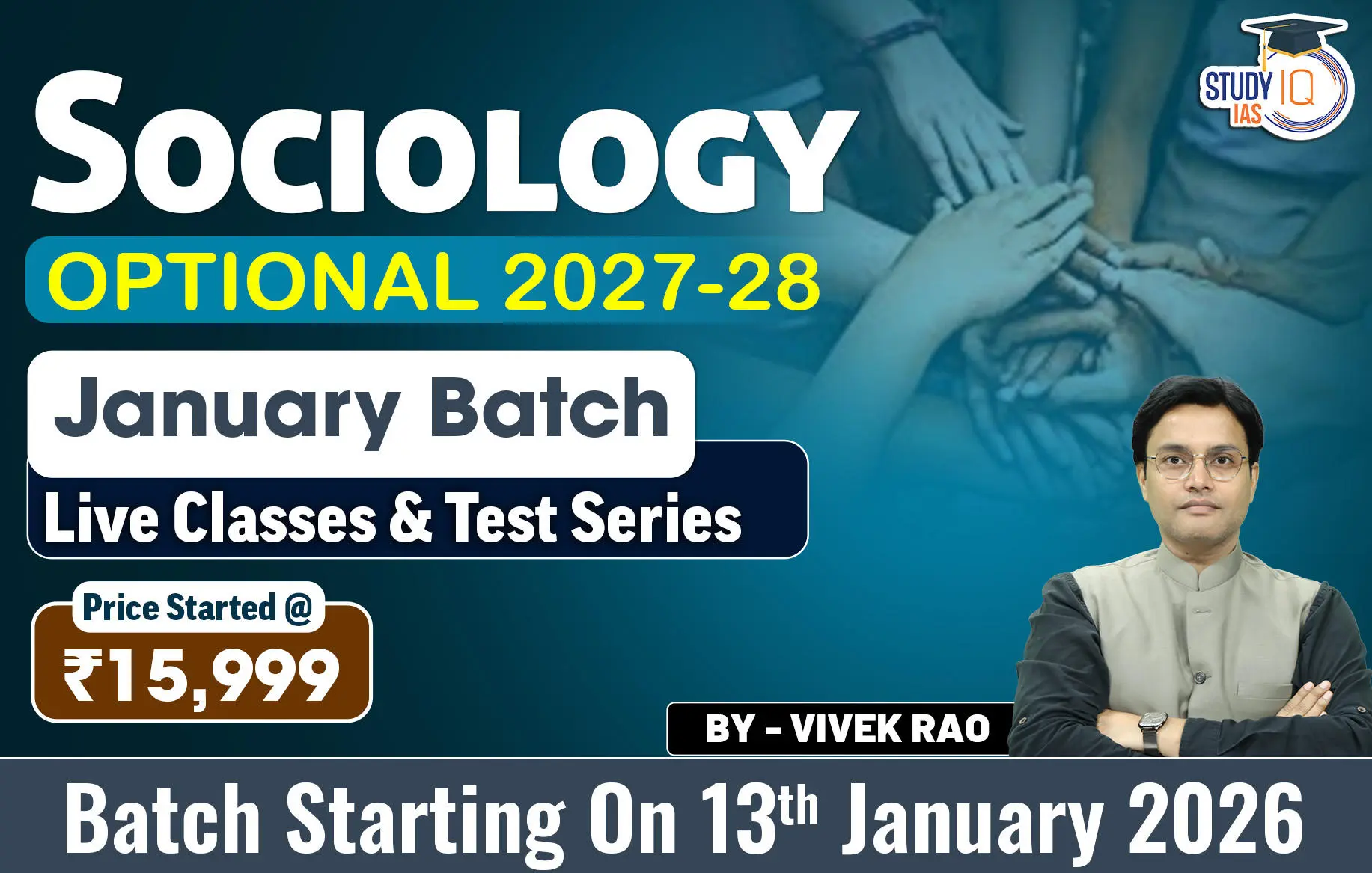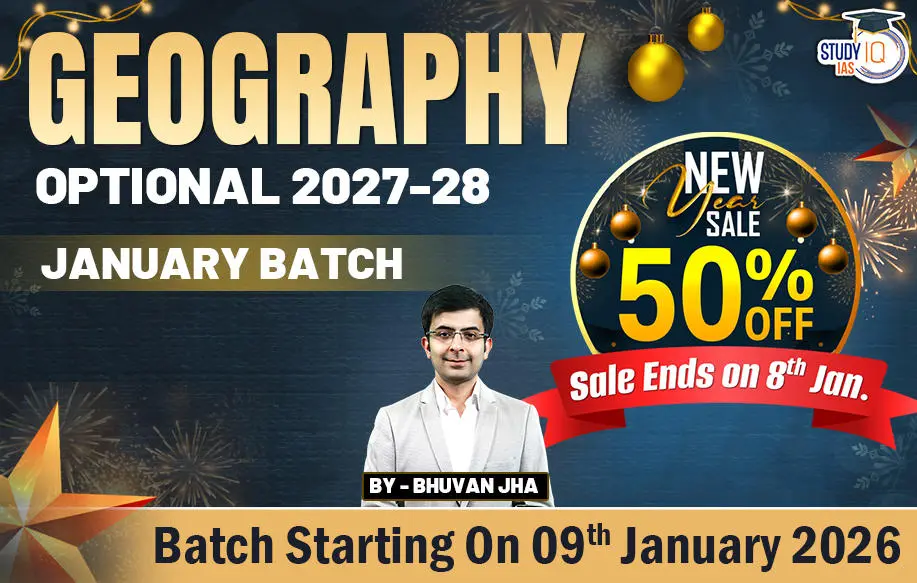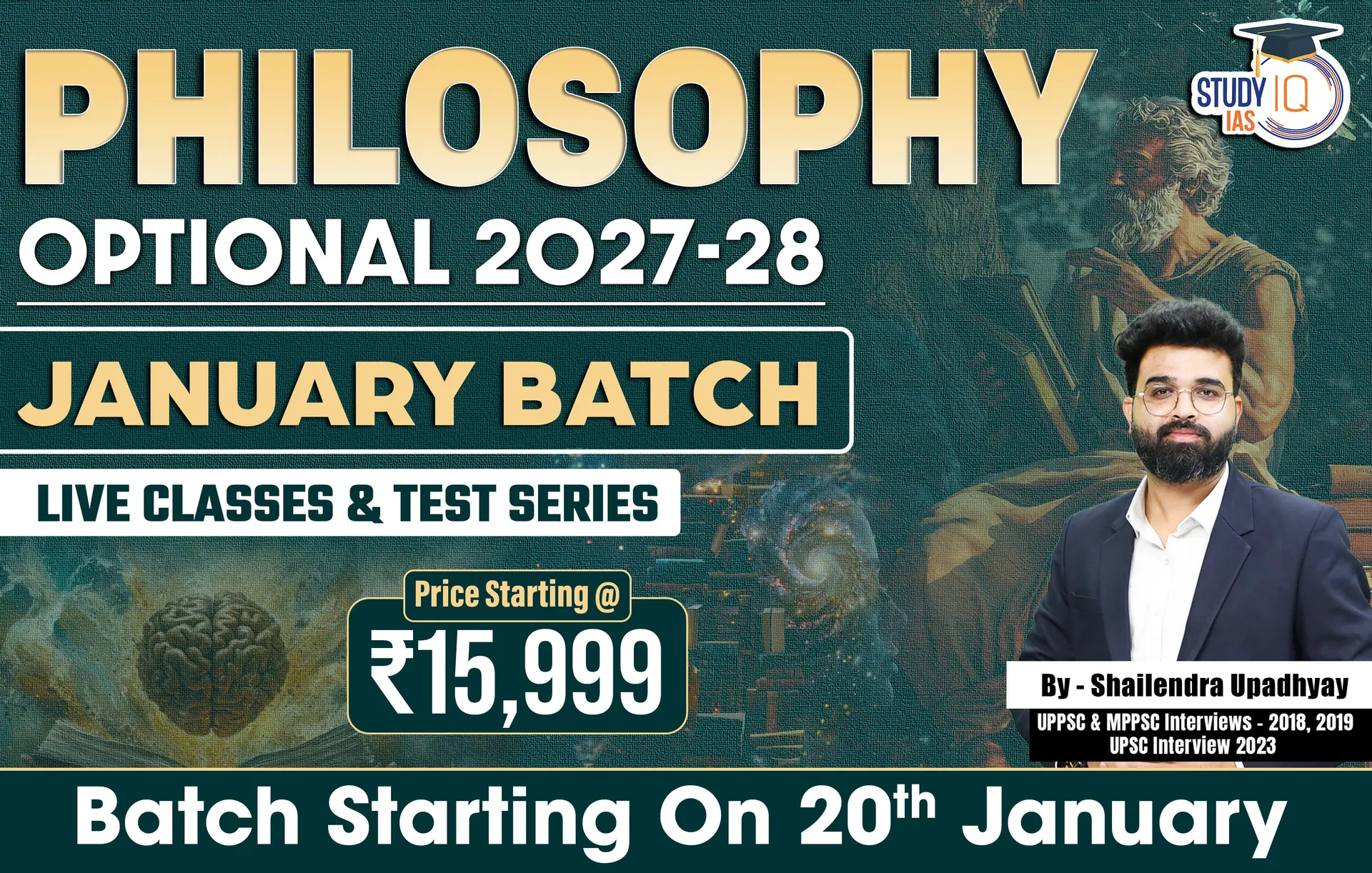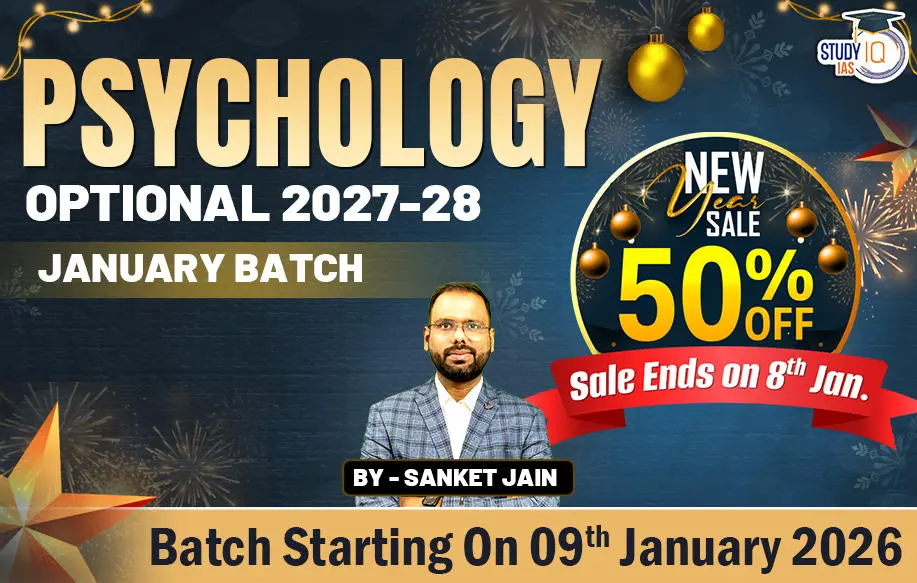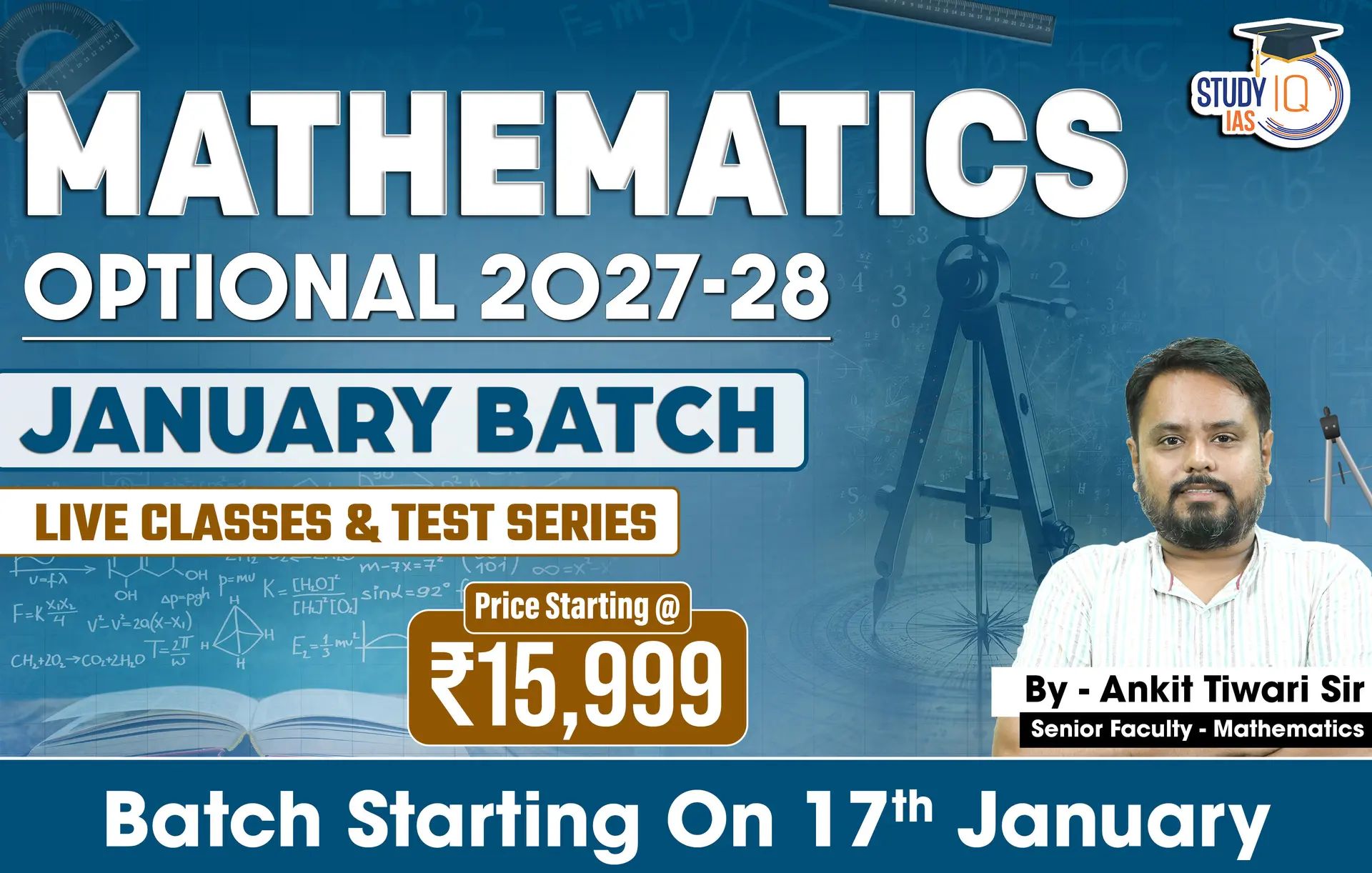Q.) With reference to the tomato flu, consider the following statements:
- A new infection dubbed tomato flu, or tomato fever, has been detected in India mostly among children younger than five.
- The primary symptoms of tomato flu are similar to those of chikungunya, which include high fever, rashes, and intense pain in the joints.
Which of the above statements is/are correct?
- 1 only
- 2 only
- Both 1 and 2
- Neither 1 nor 2
Q.) टमाटर फ्लू के संदर्भ में निम्नलिखित कथनों पर विचार कीजिएः
- भारत में टमाटर फ्लू या टमाटर बुखार नामक एक नए संक्रमण का पता चला है, जो ज्यादातर पांच साल से कम उम्र के बच्चों में पाया गया है।
- टमाटर फ्लू के प्राथमिक लक्षण चिकनगुनिया के समान होते हैं, जिसमें तेज बुखार, रैशेज और जोड़ों में तेज दर्द शामिल हैं।
उपरोक्त में से कौन सा/से कथन सही है/हैं?
- केवल 1
- केवल 2
- दोनों 1 और 2
- न तो 1 और न ही 2
Answer – 3
A new infection dubbed tomato flu, or tomato fever, has been detected in India mostly among children younger than five, according to a report in the Lancet Respiratory Journal.
- The “non-life-threatening” virus was first identified in Kollam district of Kerala on May 6.
- The primary symptoms of tomato flu are similar to those of chikungunya, which include high fever, rashes, and intense pain in the joints. As with other viral infections, further symptoms include fatigue, nausea, vomiting, diarrhoea, dehydration, swelling of joints, body aches, and common influenza-like symptoms, which are similar to those manifested in dengue.
- As tomato flu is similar to chikungunya and dengue as well as hand, foot, and mouth disease, the treatment is also similar — isolation, rest, plenty of fluids, and hot water sponge for the relief of irritation and rashes.
- Supportive therapy of paracetamol for fever and body ache and other symptomatic treatments may be required. Young children are also prone to this infection through the use of nappies, touching unclean surfaces, and putting things directly into the mouth.
- The ‘tomato flu’ is caused by Coxsackie virus A 16. It belongs to Enterovirus family.
Q.) Fundamental Duties were incorporated in the Constitution on the recommendation of:
- Shah Commission
- Administrative Reforms Commission
- Santhanam Committee
- Swaran Singh Committee
Q.) मौलिक कर्तव्यों को संविधान में किसकी सिफारिश पर शामिल किया गया था:
- शाह आयोग
- प्रशासनिक सुधार आयोग
- संथानम समिति
- स्वर्ण सिंह समिति
Answer – 4
Explanation
- In 1976, the Congress Party set up the Sardar Swaran Singh Committee to make recommendations about fundamental duties, the need and necessity of which was felt during the operation of the internal emergency (1975–1977). The committee recommended the inclusion of a separate chapter on fundamental duties in the Constitution
Q.) With reference to the ‘Kerala Savari’, consider the following statements:
- Kerala has soft launched ‘Kerala Savari’, to ensure decent service to passengers along with fair remuneration to auto-taxi workers.
- It is operated by the Motor Workers Welfare Board under the aegis of the Labour Department.
Which of the above statements is/are Incorrect?
- 1 only
- 2 only
- Both 1 and 2
- Neither 1 nor 2
Q.) केरल सावरी’ के संदर्भ में निम्नलिखित कथनों पर विचार कीजिएः
- ऑटो-टैक्सी कर्मचारियों को उचित पारिश्रमिक के साथ यात्रियों को अच्छी सेवा सुनिश्चित करने के लिए केरल ने सॉफ्ट लॉन्च ‘केरल सावरी’ किया है।
- इसका संचालन श्रम विभाग के तत्वावधान में मोटर वर्कर्स वेलफेयर बोर्ड द्वारा किया जाता है।
उपरोक्त में से कौन सा/से कथन गलत है/हैं?
- केवल 1
- केवल 2
- दोनों 1 और 2
- न तो 1 और न ही 2
Answer – 4
- Kerala has soft launched ‘Kerala Savari’, to ensure decent service to passengers along with fair remuneration to auto-taxi workers.
- It is operated by the Motor Workers Welfare Board under the aegis of the Labour Department.
- Kerala Savari only charges an 8% service charge in addition to the rate set by the government.
- Of the 8% service charge, 6% will go to the technical partner, and the remaining 2% will go to the implementation of this scheme and for providing promotional incentives to passengers and drivers.
- Kerala Savari is a safe and reliable online service for women, children, and senior citizens.
- A police clearance certificate is mandatory for drivers joining the scheme apart from the required proper training.
Q.) With reference to the All India Football Federation (AIFF), consider the following statements:
- It is the governing body of football in India under jurisdiction of Ministry of Youth Affairs and Sports, Government of India.
- It was formed in 1940.
Which of the above statements is/are correct?
- 1 only
- 2 only
- Both 1 and 2
- Neither 1 nor 2
Q.) अखिल भारतीय फुटबॉल महासंघ (एआईएफएफ) के संदर्भ में निम्नलिखित कथनों पर विचार कीजिएः
- यह भारत सरकार के युवा मामले और खेल मंत्रालय के अधिकार क्षेत्र में भारत में फुटबॉल का शासी निकाय है।
- इसका गठन 1940 में किया गया था।
उपरोक्त में से कौन सा/से कथन सही है/हैं?
- केवल 1
- केवल 2
- दोनों 1 और 2
- न तो 1 और न ही 2
Answer – 1
- The Supreme Court terminated the mandate of its Committee of Administrators (CoA) to manage the affairs of the All India Football Federation (AIFF) to overcome suspension of the Indian football body by FIFA.
- The All India Football Federation (AIFF) is the governing body of football in India under jurisdiction of Ministry of Youth Affairs and Sports, Government of India.
- Formed in 1935 founded at Darbhanga, the federation was one of the founding members of the Asian Football Confederation, the overseer of football in Asia.
- The federation is also responsible for managing the India national football team, as well as the women’s team and the various youth national sides.
- The federation is currently based in Delhi.
Q.) With reference to Pandurang Khankhoje, consider the following statements:
- He was one of the founding members of the Secret Sabha.
- Ghadar Party aims was to lead a revolutionary fight against the British in India.
Which of the above statements is/are correct?
- 1 only
- 2 only
- Both 1 and 2
- Neither 1 nor 2
Q.) पांडुरंग खानखोजे के संदर्भ में निम्नलिखित कथनों पर विचार कीजिएः
- वह गुप्त सभा के संस्थापक सदस्यों में से एक थे।
- ग़दर पार्टी का उद्देश्य भारत में अंग्रेजों के खिलाफ क्रांतिकारी लड़ाई का नेतृत्व करना था।
उपरोक्त में से कौन सा/से कथन सही है/हैं?
- केवल 1
- केवल 2
- दोनों 1 और 2
- न तो 1 और न ही 2
Answer – 2
- Lok Sabha Speaker Om Birla, who is currently in Canada for the 65th Commonwealth Parliamentary Conference, will travel to Mexico where he will unveil statue of Maharashtra-born freedom fighter and agriculturalist Pandurang Khankhoje (1883-1967).
- Khankhoje had a close connection with Mexico, the country in which he sought refuge due to his association with the radical pro-Indian independence Ghadar Party.
- Born in Wardha, Maharashtra, in the late 19th century, Pandurang Khankhoje came in contact with other revolutionaries early on.
- Khankhoje was one of the founding members of the Ghadar Party, established by Indians living abroad in 1914, mostly belonging to Punjab. Its aim was to lead a revolutionary fight against the British in India.
- The Mexican Revolution of 1910 had led to the overthrow of the dictatorial regime, and this inspired Khankhoje.
Q.) With reference to the BrahMos supersonic cruise missile, consider the following statements:
- It is a joint venture between the Defence Research and Development Organisation (DRDO) and Russia-based NPO Mashinostroyeniya.
- The missile derives its name from the Brahmani and Mosco rivers.
Which of the above statements is/are correct?
- 1 only
- 2 only
- Both 1 and 2
- Neither 1 nor 2
Q.) ब्रह्मोस सुपरसोनिक क्रूज मिसाइल के संदर्भ में, निम्नलिखित कथनों पर विचार करें:
- यह रक्षा अनुसंधान और विकास संगठन (DRDO) और रूस स्थित NPO Mashinostroyeniya के बीच एक संयुक्त उद्यम है।
- मिसाइल का नाम ब्राह्मणी और मोस्को नदियों के नाम पर पड़ा है।
उपरोक्त में से कौन सा/से कथन सही है/हैं?
- केवल 1
- केवल 2
- दोनों 1 और 2
- न तो 1 और न ही 2
Answer – 1
- A Court of Inquiry (Col) of the Indian Air Force (IAF) into the accidental firing of a BrahMos supersonic cruise missile in March 2022, which landed in Pakistan, found that deviation from standard operating procedures (SOP) by three officers led to the incident. Services of the officers have been terminated with immediate effect, the IAF said.
- The missile landed 124 km inside Pakistan, following which the IAF ordered a CoI headed by an Air Vice-Marshal, a two-star officer, to investigate the incident.
- A day after the incident, the Pakistan military said the supersonic surface-to-surface missile flying at three times the speed of sound at 40,000 feet ended up 124 km inside Pakistan, damaging some civilian property.
- BrahMos is a joint venture between the Defence Research and Development Organisation (DRDO) and Russia-based NPO Mashinostroyeniya and the missile derives its name from the Brahmaputra and Moskva rivers.
Q.) Vizhinjam International Transhipment Deepwater Multipurpose Seaport is in:
- Tamil Nadu
- Kerala
- Karnataka
- Andhra Pradesh
Q.) विझिंजम इंटरनेशनल ट्रांसशिपमेंट डीपवाटर मल्टीपर्पज सीपोर्ट में है:
- तमिलनाडु
- केरल
- कर्नाटक
- आंध्र प्रदेश
Answer – 2
- The ongoing protests against the construction of the Adani Group’s Vizhinjam International Transhipment Deepwater Multipurpose Seaport in Kerala’s capital Thiruvananthapuram intensified on August 22, with fisherfolk laying siege to the port from the sea and land.
- The biggest demand of the protesters is that the construction of the Rs 7,525-crore deepwater port and container transhipment terminal at Vizhinjam on the outskirts of Thiruvananthapuram should be stopped.
- The government has conceded all demands except providing a kerosene subsidy, and halting the construction of the port.
Q.) Which of the following is/are among the Fundamental Duties of citizens laid down in the Indian Constitution?
- To preserve the rich heritage of our composite culture
- To protect the weaker sections from social injustice
- To develop the scientific temper and spirit of inquiry
- To strive towards excellence in all spheres of individual and collective activity
Select the correct answer using the codes given below:
- Only 1 and 2
- Only 2
- Only 1, 3 and 4
- All of the above
Q.) निम्नलिखित में से कौन-सा/से नागरिकों के मौलिक कर्तव्यों में निर्धारित है/हैं? भारतीय संविधान?
- हमारी मिश्रित संस्कृति की समृद्ध विरासत को संरक्षित करने के लिए
- कमजोर वर्गों को सामाजिक अन्याय से बचाने के लिए
- वैज्ञानिक सोच और पूछताछ की भावना विकसित करना
- व्यक्तिगत और सामूहिक गतिविधि के सभी क्षेत्रों में उत्कृष्टता की दिशा में प्रयास करना
नीचे दिए गए कूट का प्रयोग कर सही उत्तर चुनिए:
- केवल 1 और 2
- केवल 2
- केवल 1, 3 और 4
- उपरोक्त सभी
Answer – 3
Explanation
According to Article 51 A, it shall be the duty of every citizen of India:
- to abide by the Constitution and respect its ideals and institutions, theNational Flag and the National Anthem;
- to cherish and follow the noble ideals that inspired the national struggle for freedom;
- to uphold and protect the sovereignty, unity and integrity of India
- to defend the country and render national service when called upon to doso;
- to promote harmony and the spirit of common brotherhood amongst allthe people of India transcending religious, linguistic and regional or sectional diversities and to renounce practices derogatory to the dignity of women;
- to value and preserve the rich heritage of the country’s composite culture;
- to protect and improve the natural environment including forests, lakes,rivers and
- wildlife and to have compassion for living creatures;
- to develop scientific temper, humanism and the spirit of inquiry andreform;
- to safeguard public property and to abjure violence;
- to strive towards excellence in all spheres of individual and collectiveactivity so that the nation constantly rises to higher levels of endeavourand achievement; and
- to provide opportunities for education to his child or ward between theage of six and fourteen years. This duty was added by the 86thConstitutional Amendment Act, 2002
Q.) With reference to the Benami law, consider the following statements:
- The Supreme Court declared as “unconstitutional and manifestly arbitrary” the amendments introduced to the Benami law in 2016.
- The 2016 law amended the original Benami Act of 1988, expanding it to 72 Sections from a mere nine.
Which of the above statements is/are correct?
- 1 only
- 2 only
- Both 1 and 2
- Neither 1 nor 2
Q.) बेनामी कानून के संदर्भ में निम्नलिखित कथनों पर विचार कीजिएः
- सुप्रीम कोर्ट ने 2016 में बेनामी कानून में पेश किए गए संशोधनों को “असंवैधानिक और स्पष्ट रूप से मनमाना” घोषित किया।
- 2016 के कानून ने 1988 के मूल बेनामी अधिनियम में संशोधन किया, इसे केवल नौ से 72 धाराओं तक विस्तारित किया।
उपरोक्त में से कौन सा/से कथन सही है/हैं?
- केवल 1
- केवल 2
- दोनों 1 और 2
- न तो 1 और न ही 2
Answer – 3
- The Supreme Court declared as “unconstitutional and manifestly arbitrary” the amendments introduced to the Benami law in 2016, which apply retrospectively and can send a person to prison for three years even as it empowers the Centre to confiscate “any property” subject to a benami transaction.
- In a decision much awaited by businesses, a three-judge Bench, led by Chief Justice of India N.V. Ramana, declared as unconstitutional Sections 3(2) and 5 introduced through the Benami Transactions (Prohibition) Amendment Act, 2016. The 2016 law amended the original Benami Act of 1988, expanding it to 72 Sections from a mere nine.
- Section 3(2) mandates three years of imprisonment for those who had entered into benami transactions between September 5, 1988 and October 25, 2016. That is, a person can be sent behind bars for a benami transaction entered into 28 years before the Section even came into existence.
- Justice Ramana, who wrote the 96-page judgment, held that the provision violated Article 20(1) of the Constitution. Article 20(1) mandates that no person should be convicted of an offence, which was not in force “at the time of the commission of the act charged as an offence”.
- Section 5 of the 2016 Amendment Act said that “any property, which is subject matter of benami transaction, shall be liable to be confiscated by the Central Government”. The court held that this provision cannot be applied retrospectively.

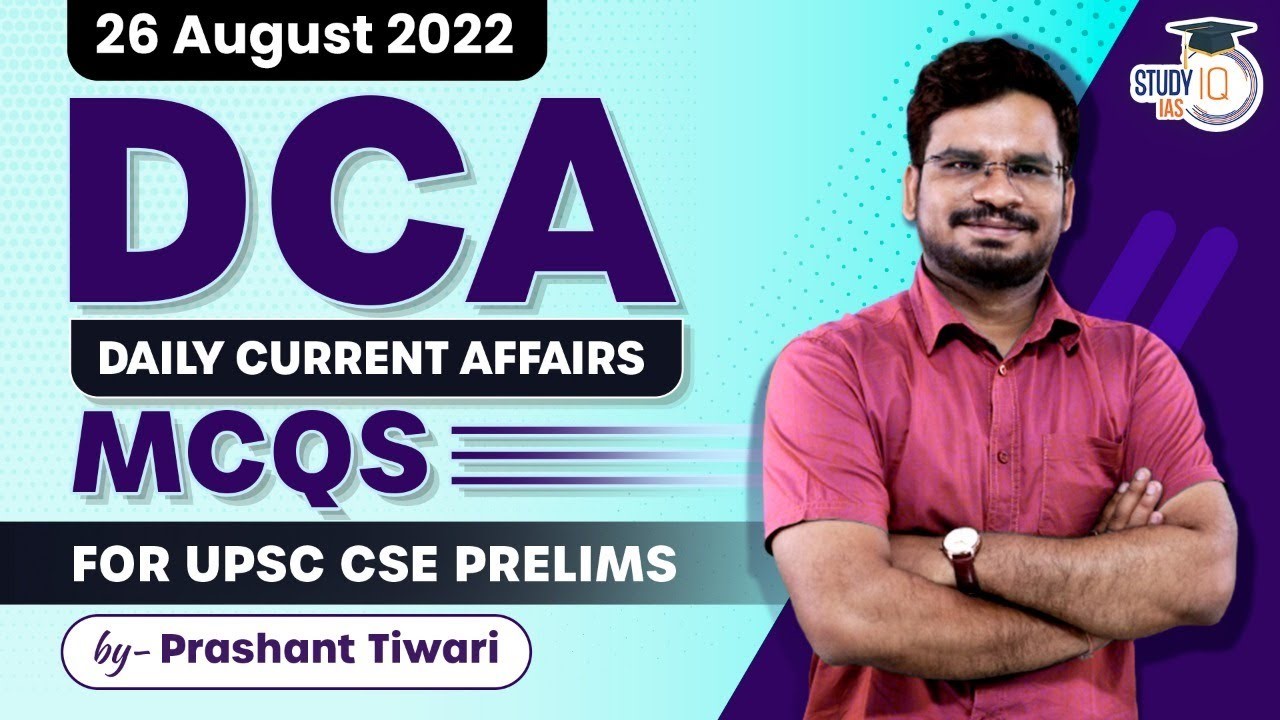
 Indian Express Current Affairs by Chanda...
Indian Express Current Affairs by Chanda...
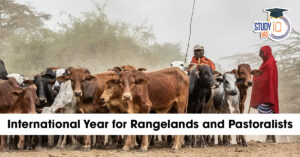 UN Declares 2026 International Year for ...
UN Declares 2026 International Year for ...
 India's Progress on its Climate Targets
India's Progress on its Climate Targets




